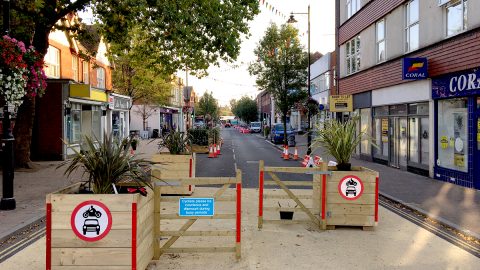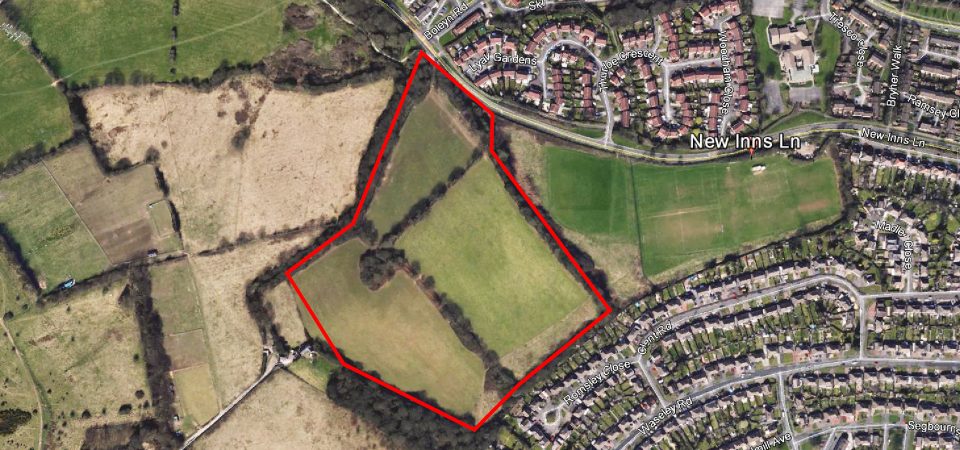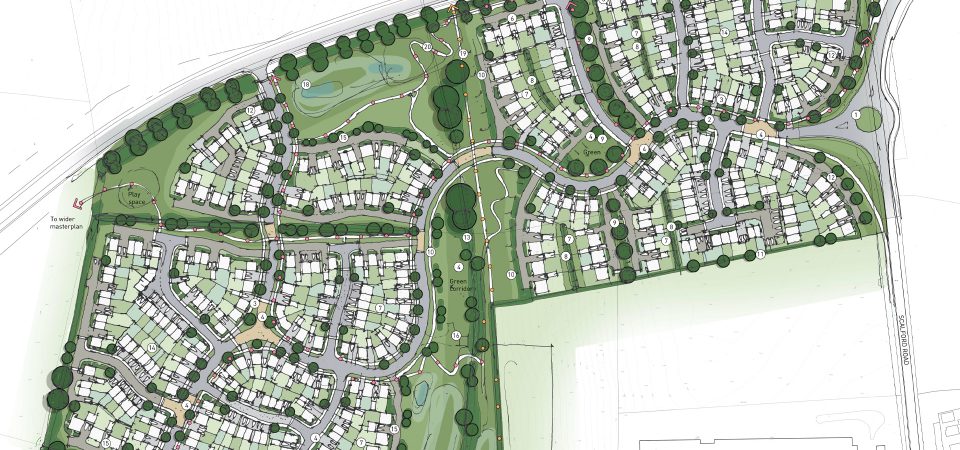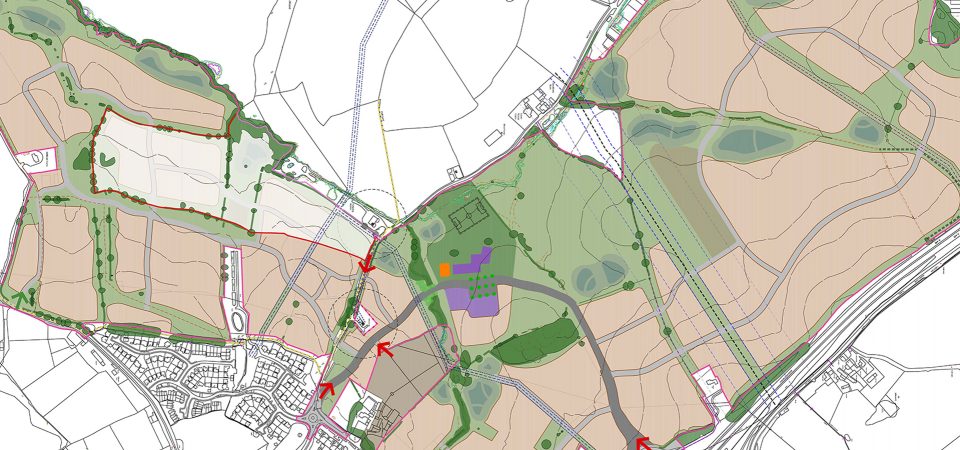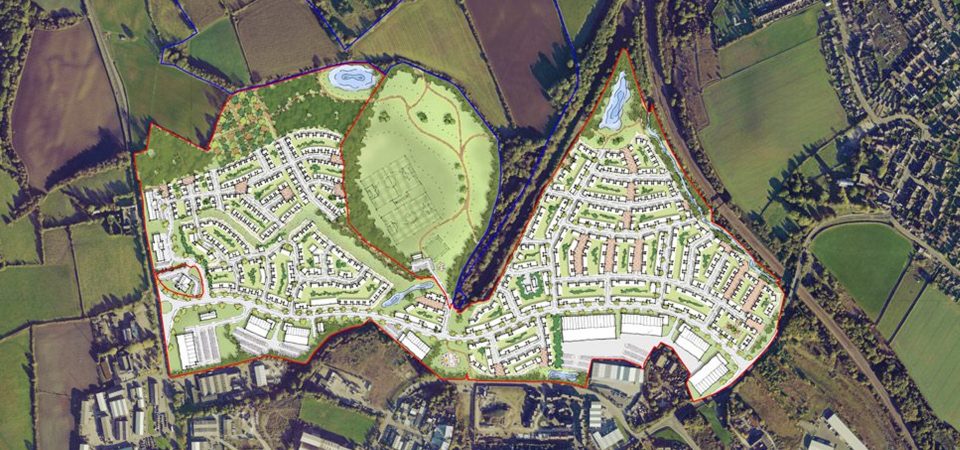Low Traffic Neighbourhoods (LTNs) are an increasingly popular method for creating pleasant places to live whilst also creating safer conditions in our streets to enable more walking and cycling.
The recently released Local Transport Note 01/20 ‘Cycling Infrastructure’ makes specific reference to the use of low-traffic environments, stating:
‘Encouraging through-traffic to use main roads can provide benefits for pedestrians and residents, particularly children and vulnerable adults, as well as enabling cycling.
‘This can be achieved through implementing measures such as turning bans, one-way streets, and by modal filtering … These measures also have the benefit of making short journeys quicker on foot or cycle compared to driving, providing a disincentive to using a car for short trips.’
To empower decision-makers and communities in delivering successful LTN programmes, PJA has developed an evidence-based approach that identifies and prioritises neighbourhoods that suffer the most as a result of through traffic.
The approach also includes criteria to evaluate the opportunities for LTNs beyond just the impact on vehicular traffic to create a wider evidence base that is tailored to the local context.
PJA has developed this approach in response to the contention and controversy that often arises out of the delivery of LTNs. The impacts of LTNs often focus on vehicular traffic rather than considering the wider benefits and our approach ensures that these factors are included in LTN development.
Our approach consists of the following three stages:
- Neighbourhood cell identification
- Prioritisation
- Delivery programme
Following cell identification, we use GIS to analyse a wide range of factors including through traffic levels and proportions, speeds, collisions, mode shift potential, air quality and health.
This informs a prioritisation process before undertaking a deliverability assessment that includes analysing the current traffic permeability of each cell to develop short and long-term delivery programmes.
Our approach is flexible and can be tailored to support local policies while it can be used to prioritise other area-based projects including 20mph speed limits, road safety and school streets.
We have now delivered our strategic analysis with several local authorities including Southampton City Council, RB Greenwich, Tunbridge Wells Borough Council and LB Camden, often complementing this with a wider toolkit that includes best practice studies and guidance around monitoring and engagement.
For more information contact Chris Sibthorpe: [email protected]
